A disappointing entry for Vincent Zhao’s return to his most iconic role, Wong Fei Hung.
Vincent Zhao Wen Zuo’s career trajectory has not been blessed with success, having started his career promisingly in high profile productions such as Fong Sai Yuk, Once upon a time in china IV and V and The Blade, he subsequently disappeared into the regions of television series.
2010 saw his revival in Yuen Woo Ping’s True Legend and 2012’s Patrick Leung / Corey Yuen collaboration Wu Dang though things did not pan out too well for both failed to register with audiences. 2018 sees Zhao venture in the popular realms of Chinese VOD serving as producer and actor.

Zhao reprises his most iconic role, Wong Fei Hung, in iQiyi’s web film The Unity of Heroes (2018) directed by Lin Zhen Zhao. Early signs were not as good as the film had little announcement and promotion. The fact that it is produced by iQiyi, known for there low quality, low budget features, did not help matters. Sadly early worries were true and it is not a return that we were hoping for.
Once again the evil white foreigners are at it again trying to destroy China. Evil foreign doctor Vlad (Denis / Dan Ni Si) and his lackeys; orphan girl Lou Xiao Yue (Wei Xiao Hua) and loyal Henry are experimenting on the poor Chinese folks who are addicted to opium.
Using their free hospital as a guise to recruit unknowing victims. Their secret experiments create super serums that allow the user to have heighten strength as well as tolerance to pain. One patient manages to escape and finds sanctuary in Wong Fei Hung’s medical clinic, Po Chi Lam. Fei Hung (Vincent Zhao Wen Zuo) is baffled by his medical condition but still manages to stabilize him.
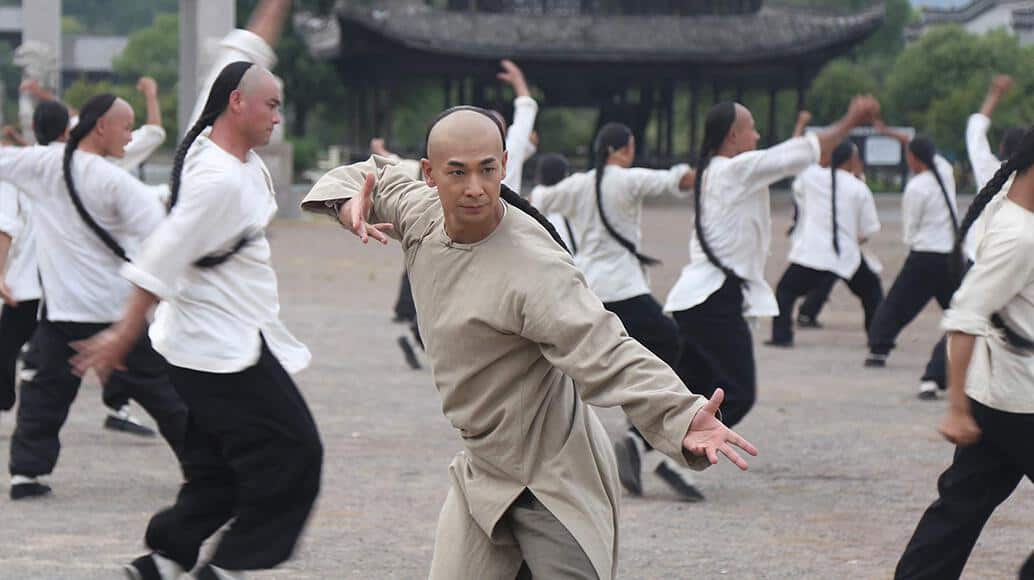
Meanwhile, Aunt Thirteen (Wei Ni), who has just arrived in town, joins Vlad’s hospital believing she is helping the drug users. During these moments a martial arts master Wu Zhen Nan (Michael Tong) and his disciples are trying to establish a martial arts school in Canton.
Nan’s disciples get into alterations with Leung Kuan (TV actor Li Luo Bing) resulting in Wong Fei Hung to come and save the day while also generating a feud with the new master. The hospital soon finds itself low on test subjects so Vlad formulates a plan to kidnap people off the streets. A chance encounter sees Fei Hung defeating some would-be kidnappers. Sensing that Fei Hung is getting close to ruining everything Vlad uses Nan’s hatred towards Fei Hung to destroy him once and for all.
The film starts with a rousing intro that is recognizable to those familiar with the iconic Once Upon a Time in China series; Fei Hung trains with his militia in a courtyard while the classic Wong Fei Hung theme (performed by neither Jackie Chan nor Lam) plays in the background. It’s a familiar start and one that has promise. Sadly it’s downhill after the opening.
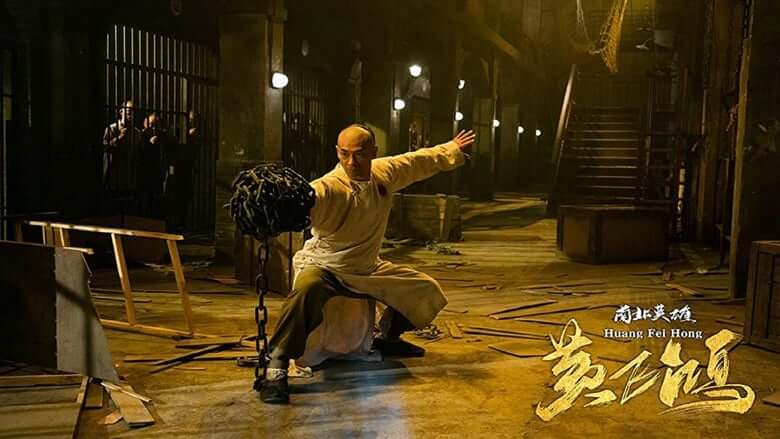
National identity has always been a big part of the Fei Hung films and though it is present here they are only ever hinted at and never featured predominantly enough to make any emotional impact or statement. OUATIC series has always dealt with foreign invaders with more fairness presenting good westerns and equally bad foreigners The Unity of Heroes presents a one-sided representation of foreigners.
This marks director Lin Zhen Zhao’s directional debut (not counting his previous short films), which is serviceable TV fodder but for a feature film it bores. Attempts at comedy are weak hardly ever eliciting any genuine funny moments.
The film never settles in its stride peppering with little side plots before actually allowing the plot to kick in. It even goes as far as to recycle certain elements from the OUATIC series; Aunt thirteen teaching the disciples English, Fei Hung teaching Aunt Thirteen self-defense, a lion dance ceremony interrupted by another lion dance, a misunderstood martial arts master attempting to make a name for himself and escaped victim of evil foreigner residing at Po Chi Lam are just some examples.
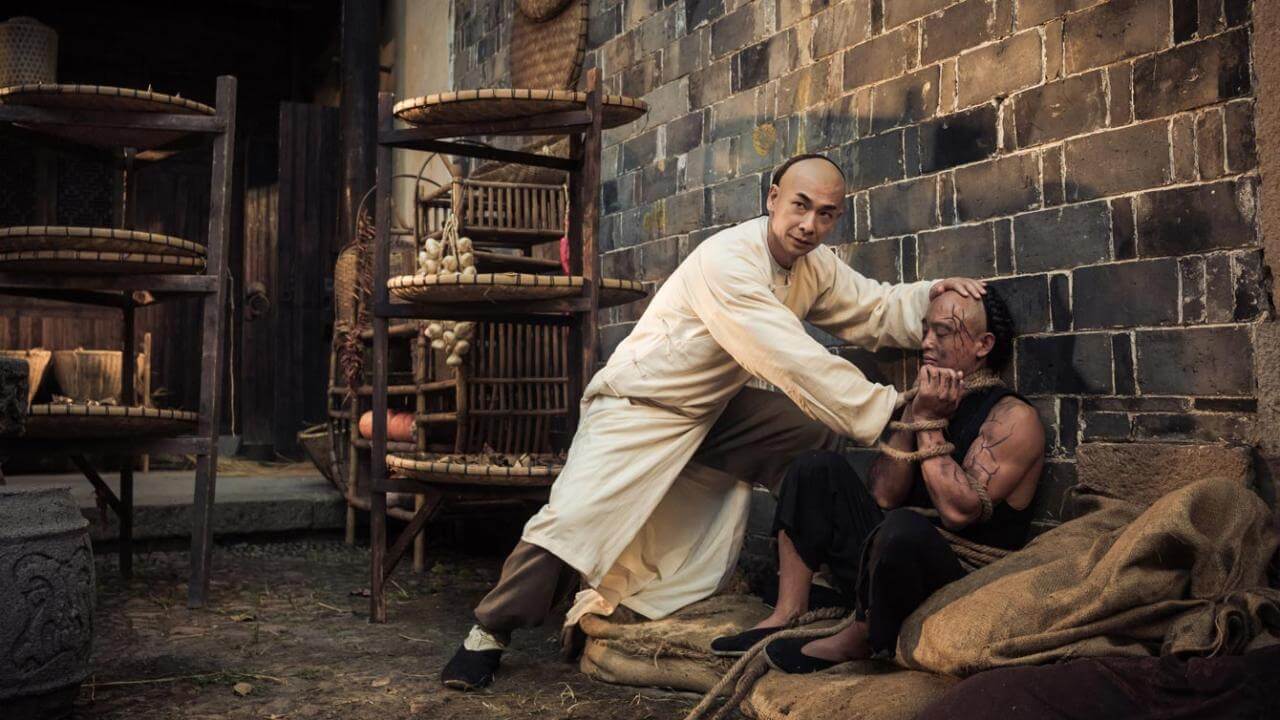
These situations are familiar, which has already been done to greater success in past iterations. Early rumors of Aunt 13 being a cyborg are false. Those of you who were accustomed to Rosamund Kwan’s confident yet fierce nature with a dash of vulnerability will sadly be disappointed in here portrayal here this time played by model/actress Wei Ni, Wei Ni’s Aunt Thirteen is much younger than usual possessing little of the feistiness and chemistry with Fei Hung.
Thirteen’s and Fei Hung’s conflict on Western and Eastern medicine, which serves as a metaphor for Western and Eastern culture, is never developed after its first introduction. Club Foot is played by martial art actor Li Bing Yuan (From Tsui Hark’s Dragon Gate Inn) who tries his hardest to impersonate Xiong Xin Xin’s iconic Club Foot, with the crooked head stance and body posture but fails to instill character of his own. He still second fiddle to Leung Kuan.
Li Luo Bing’s Leung Kuan has most screen time compared to the other disciples though sadly his antics can become annoying. Butcher Wing is played by TV actor Chen Chen who serves as the third wheel in the trio of disciples and has little to do.
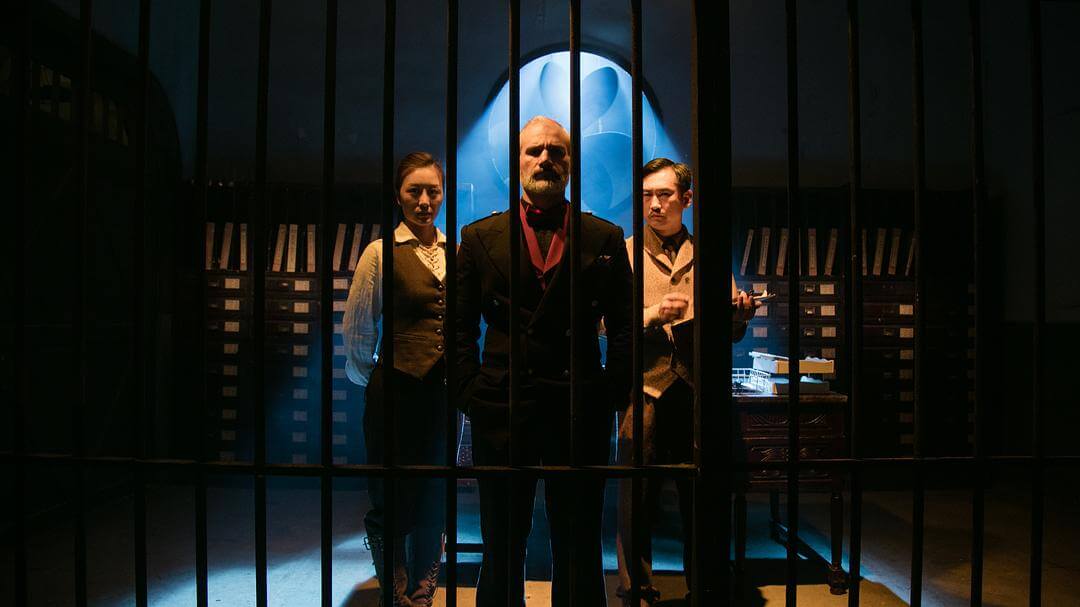
The evil white foreigner’s performance is terrifically bad which is not helped by poor dubbing. Michael Tong barely registers with his agenda mostly playing off-camera and only comes to the front when it deems necessary to serve the plot.
Vincent Zhao once showed great promise filling in the shoes of Jet Li in his two Wong Fei Hung movie outings. As Wong Fei Hung he showed a great screen presence and performance, here though Zhao seems bored and seems to be just going through the motions.
Fights are a given for any Wong Fei Hung film and the likes of Martial Club, Drunken Master, OUATIC series all are ranked among the greatest. Fights are evenly peppered throughout the film but don’t go expecting high flying balletic fights akin to the Once Upon a Time in China saga.
Action director Sun Jian Du’s choreography is serviceable if not routine, they rarely elevate into anything more than a few kicks and punches, though thankfully wirework is kept to the minimum. Hurting matters is the lack of a worthy adversary for Zhao’s Fei Hung.
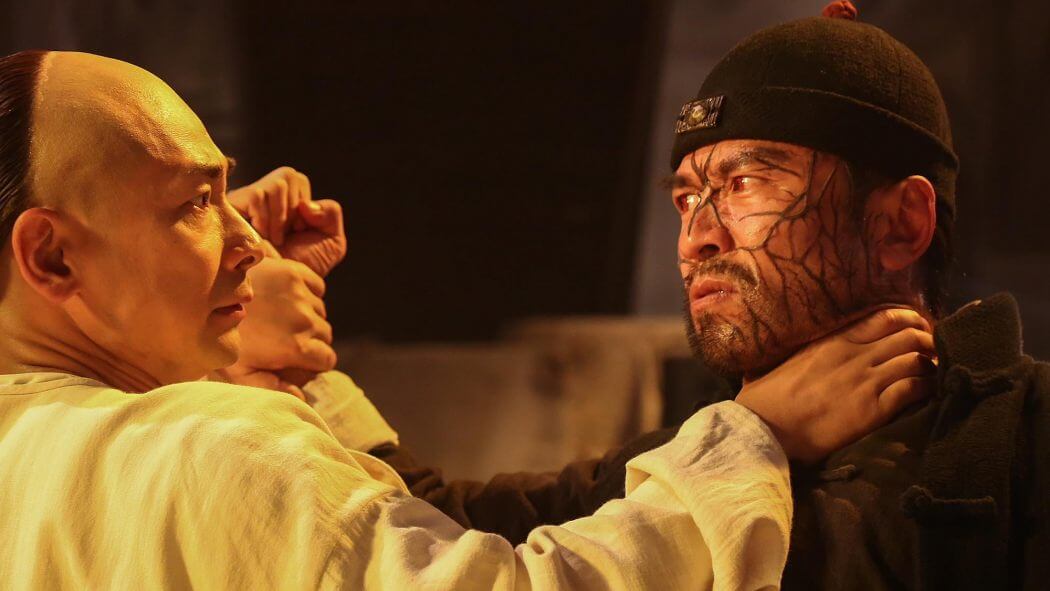
Michael Tong does not quite pull off the presence of a master and the little screen time afforded to him, provides him little opportunity to demonstrate any martial arts mastery. His inevitable showdown with Zhao is underwhelming.
On a positive note actress, Wei Xiao Hua demonstrates some nice footwork and serves as a competent fighter her first fight with some of Nan’s disciple shows some nice body movements.
Li Bing Yuan also shows some great kicks. Sadly Luo Bing lacks conviction as an onscreen fighter, he is movements are sloppy and a lot of times wider angles are used to hide the fact it’s a double.
Vincent Zhao is still a very competent martial artist but his fights in The Unity of Heroes are very ordinary. Serving as one of the producers, Vincent Zhao shoulders a lot of the blame for this poor attempt.
There is little to recommend here, with the audience better served watching any of the older Wong Fei Hug films or even the 2016 Rise of the Legend reboot provides a better viewing pleasure.
This is a sad chapter for Wong Fei Hung and Vincent Zhao Wen Zhou. Here’s hoping his next portrayal of Fei Hung in Jeff Lau’s Kung Fu Alliance is much better than this.







